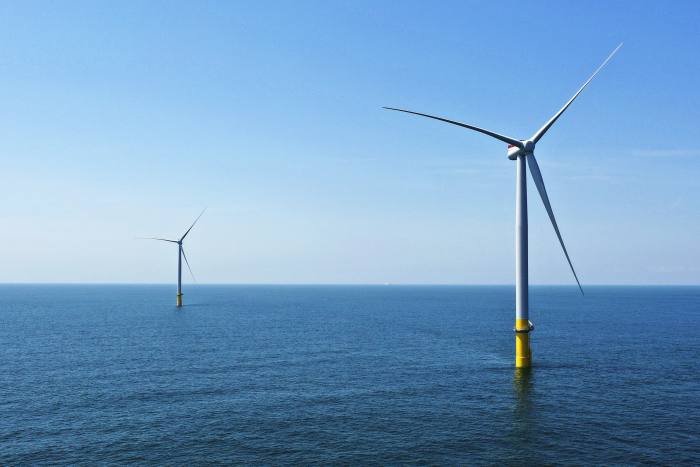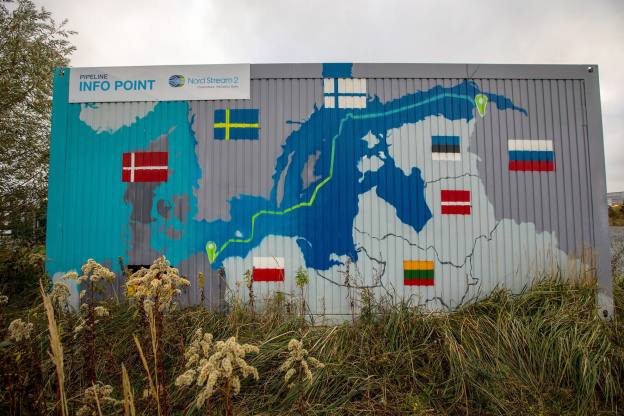
What factors should investors consider when it comes to the global shift to renewable sources?
Amid geopolitical tensions and increasing climate consciousness worldwide, the ongoing energy crisis is re-igniting the debate about what role alternative energy sources, such as nuclear, gas and wind, play in the shift to green energy and how investors can support it.
While the general move towards green energy has been ramping up over time, helped in part by global initiatives such as the recent Cop26 conference, the conflict in Ukraine and related sanctions against Russia have brought the combined issues of energy security and sustainability into stark relief.
Sanctions on Russia and the questionable future of gas pipeline Nord Stream 2 are focusing attention on energy security.
Meanwhile, negative public sentiment on rising global energy prices and a general lack of energy diversity is spurring the development of renewable power and alternative energy sources.
Against this backdrop, it is important to consider the various factors powering the global shift to renewable sources, the steps the world needs to take to ensure a secure transition and the long-term sustainable investment decisions that governments and investors need to be taking today.
Net-zero transition
The collective drive towards net-zero emissions by retail investors and institutions alike is already fundamentally affecting the way that energy is produced and consumed globally.
According to the UN, more than 70 countries have set net-zero targets, covering nearly 76 per cent of global emissions, over the coming decades.
In turn, global support for this objective along nationally defined targets has resulted in the creation of emission compliance markets providing fiscal support for renewable and net-zero energy producers and supplies, as well as voluntary schemes supporting natural carbon abatement.
These aim to incentivise efficiency and reduce emissions in large energy users across both the public and private sectors.
Evidently, achieving net zero requires significant reduction of greenhouse gas emissions across all sectors. And as nearly all countries have joined the Paris Agreement on climate change, which calls for global temperature rises to be kept below 1.5C above pre-industrial era levels, there is an apparent collective push to achieve carbon neutrality as part of the shift to green energy.
As such, we expect to see investors increasingly prioritise opportunities that support these ambitious climate goals.
World is electrifying
In a similar vein, the world is electrifying as a form of moving away from conventional power generation.
A widespread switch to electric power will play a pivotal role in lowering emissions, replacing pollutant coal and gas and oil power.
To that point, we are seeing a great rethinking of the means of supplying electricity to consumers, and the role that consumers can play as producers too.
That said, €375bn-€425bn (£321bn-£364bn) of investments are needed in Europe to make distribution grids fit for purpose in an increasingly decarbonised power system.







